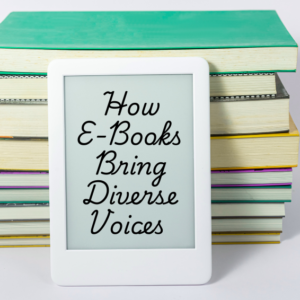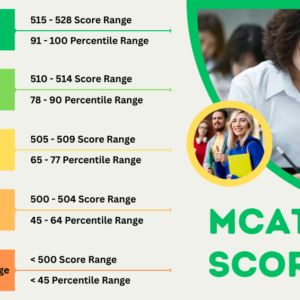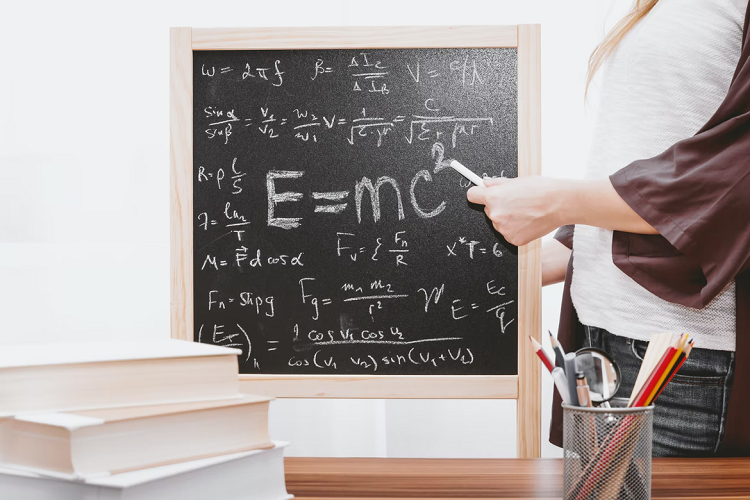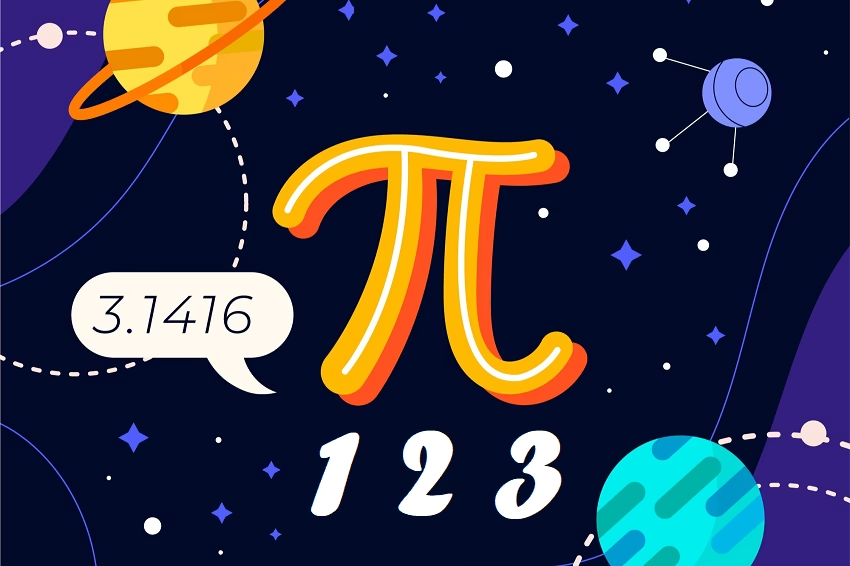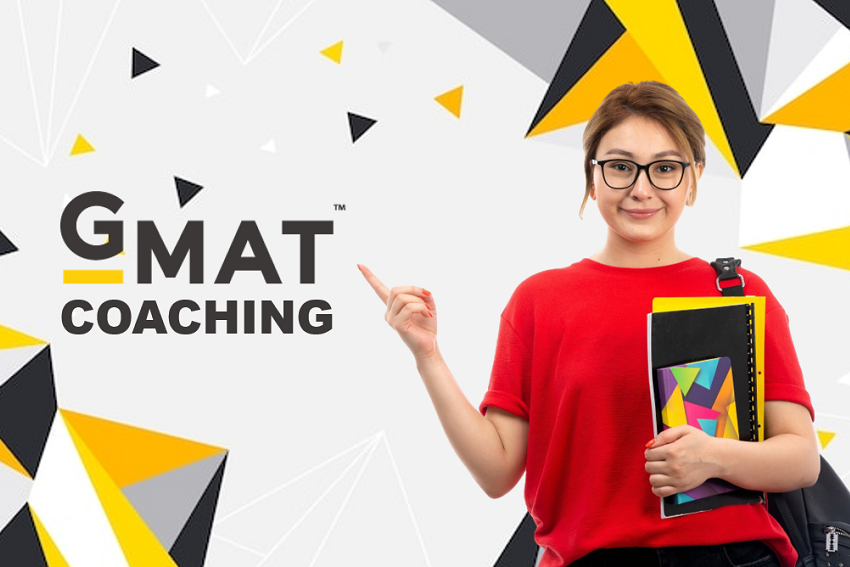The positive interaction of students and teachers is greatly responsible to promote learning and development of their education as well as emotional needs. The teaching profession needs to employ a great amount of time for this personal interaction. It is greatly important for effective learning. Now, what defines this positive student-teacher interaction? The answer is pretty simple, understanding, affection, shared acceptance, intimacy, respect, care, trust, and cooperation. The relation between student and teacher is greatly dependent on efforts from both sides, even though, the teacher plays a major role.
The teacher who is positive, practical in representation, understanding, recognition, expectation, intimacy, care and respect towards their students initiates the building of a strong relationship. It is their initiative that helps students to improve the overall performance and help to achieve the major goals.
INFLUENCES THE STUDENT’S SKILLS
This student-teacher interaction greatly influences the student’s skill to perform well at university and connect with peers. This positive relation built between them has encouraged students to become independent, supportive, connected to school, and learn better.
It has impacted the management of the classroom and also influences growth and learning. As per the development perspective, the positive student-teacher relationship benefits the student’s cognitive, emotional, and social growth, and bettered their mental well-being.
The correlation between student-teacher not only enhance the skills of the student but also influences the productivity of their self-esteem. The interactions are of great importance to develop the academic self-concept of students and improving their success and enthusiasm.
DESIRE FOR FURTHER EDUCATION
The education institutions that promote this frequent and close contact between the students with faculty members get several benefits. The faculty members involving in the academic growth of students can make vital contributions in enhancing their professional and intellectual development.
There are proofs that students who know even a single faculty member closely are more contented with their college life, they also desire to go for their careers further. Even though most interactions happen in the formal classroom, students who get to interact informally get more engaged, motivated, and actively engage in the process of learning.
The informal interaction among faculty and students has been recognized as the main medium of college culture. Also, it has a great influence on the interests, values, and attitudes of college students. However, though past research tells that student’s interaction with faculty is important, we still need to learn about the helpful aspects connected with it. We also need to know how they encourage students to stay, boost the will to work hard, encourage them to enjoy the process of learning, motivate them for high achievement standards.
EASILY APPROACHABLE
The recent study describes the disparity in literature by considering eight particular types of interactions as a forecaster of academic self-concept and types of academic motivation, and also the academic achievement in a test of college students from a public university of Midwestern United States.
The student-faculty interactions are unavoidable and personal connections that are made through mentoring and advisement are greatly valued. Addressing many implied, nonverbal, and unspoken cues, students who interact with the faculty observed as intelligent, sociable, supportive, objective, and showing leadership. Faculty members permitting students to make use of their first names are observed as higher in approachability, warmth, and respect as compared to faculty approached by formal titles.
This interaction can either be formal or informal, happen in or outside the educational set-up, with both having a crucial role in identifying the academic success of students. The most common type of contact between students and faculty members include situations where they ask for information related to a course or visiting after the class. The correlation between faculty and students can take on a much deeper level at a tutorial style classroom.
Here, at a time, a faculty member might meet up two students for an hour, ultimately engaging closely with nearly five such groups every week. Such deeper and intense interaction improves their learning and also their intellectual stimulation, with faculty and students respecting the chances to know each other at a personal and informal level.
FOUR MAJOR KINDS OF INTERACTIONS
Cox and Orehovec detected four major kinds of interactions between student and faculty with the most essential, ‘functional interaction.’ It refers to interactions related to academics outside the classroom. The remaining three types are personal interaction related to some personal issues and not to academics, incidental contact continued by occasional greetings, and the last disengagement, with least interaction with faculty in the class and no interpersonal exchange.
Although faculty members might not be aware of this, their interactions can leave a far-reaching impact on students. The relation between them is a great motivator and representation of learning note that the relationship between student-teacher is important in anticipating student’s social-emotional operating instead of their academic performance. This means that a support-seeking dimension is present in the relationship between student and faculty, it can be closely cultivated to shape the outcomes for students.
Informal interactions outside the classroom are found to leave a gradual effect on the motivation of students over and above the usual anticipators of academic performance. The friendly discussions with faculty related to intellectual issues are connected with the rise in student’s aspirations to achieve a greater level than what would be anticipated by pre-enrollment characteristics.
The primary interactions with faculty influence in increasing the value placed on greater academic achievement and also in compensating for the normal culture of students that do not generally value these achievements. Mentoring given by faculty as a confidant, sponsor, and protectors is more important as compared to peer support, for those students who transit in collected. Therefore, faculty members play a major role in the complete college experience for every student from new to continue.
THE FINAL WORDS
Teaching is a profession known for delivering the knowledge and skills of the students. At the same time, it is greatly responsible for the overall development of the student’s personality. Studies after studies have proved that positive student-teacher interaction plays a vital role in their growth. Though the positive relationship depends on the efforts of both sides, it is the teacher who plays a major role.

